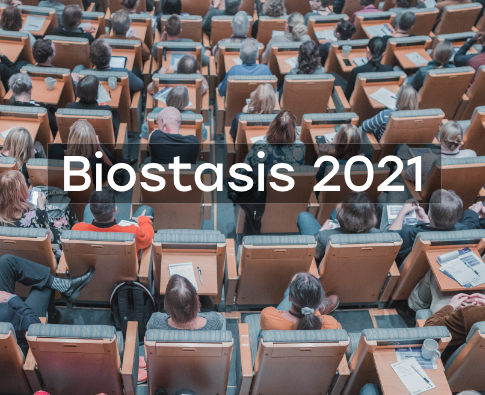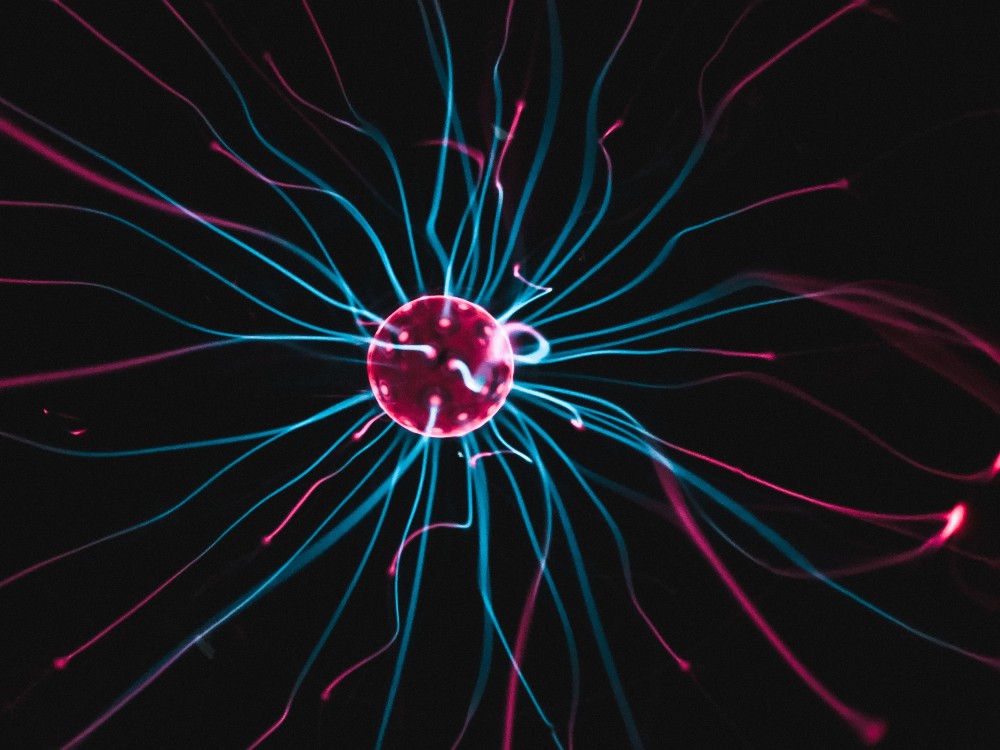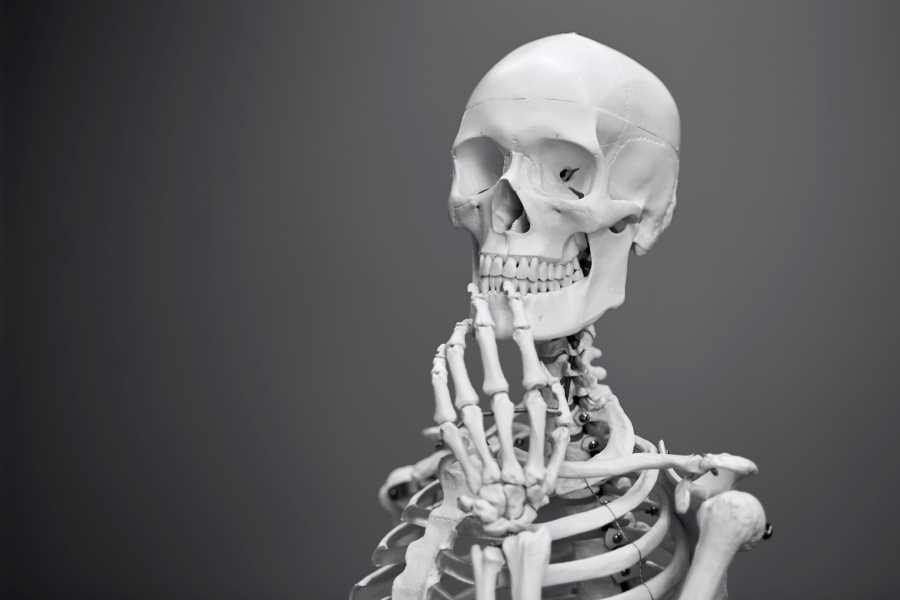Biostasis 2021 was held on the 22nd and 23rd October, 2021. Participants were able to attend the conference either in-person in Zurich, Switzerland, or from the comfort of their own homes via the YouTube live stream. Hosted by Dr. Emil Kendziorra, CEO of Tomorrow Biostasis and Chairman of the Board of the European Biostasis Foundation, the conference featured a number of experts who spoke about cryonics in its various manifestations. The importance of having a cryonics community, the advancements in research and development related to cryonics, and such other topics were discussed over interactive sessions with the participants.
Scientific and Technical Advancements
Michael Benjamin from Advanced Neural Biosciences brought the audience up-to-speed on the ‘Meta-Analysis Project’ being carried out by Alcor. As part of the project, the case data of every Alcor patient between the years 1967-2020, over a multitude of variables, has been collected. The data gathered is then being used to come up with research questions, and also to measure the degree of ischemic exposure using the S-Mix (Standard Measure of Ischemic Exposure) calculator. The S-Mix value is obtained after a three-step calculation process, based on the preliminary data obtained. Head CT scans are being used to ascertain the quality of brain perfusion. These are scored from 0-5 – 0 indicating a good perfusion, and 5 indicating a straight freeze without any cryoprotection. The ‘Alcor Case Matrix’, containing information and charts on the various factors of the cryopreserved patients at Alcor, will be published in the fourth quarter 2021 issue of the Cryonics magazine.

Speaking about how certain cryonics concepts have been translated into capabilities over the years, Jacob Hoekstra from the Biostasis Sciences Foundation, highlighted the broadened definition of “Biostasis”. It is now defined as: “Stabilization and preservation of biologically viable human material”, taking it beyond just human cryopreservation, and taking into its fold “transplantable organs, and common scientific research donors”. Developing and sharing of technologies through partnerships, having sufficient staff members who are trained and spread across a particular region, and providing the much crucial post-mortem support to the next-of-kin of a deceased person who has been cryopreserved are some of the ways to support this progress. In terms of current capabilities, the Biostasis Sciences Foundation currently uses the 2017 model cooler to internationally ship bodies with the use of dry ice, while the latest model will be available in 2022. A biostasis vehicle tailored to the specific requirements of cryonics operations is being built in partnership with the National Ambulance Service. In order to develop multiple standby teams across Europe, cryonics first response training is being conducted. Through two new legal entities – the Stasis Biotech B.V. and the Continuous Society – the aim is that investment in cryonics R&D, as well as asset management tasks will be undertaken more efficiently.
The gradual increase in taking the computational approach and automatisation with regards to cryopreservation was also the topic of discussion, where software like the CryoDynaMo developed by Jack Jennings takes the agent-based approach to modelling cryopreservation. An optimum cooling rate could be computed by hypothesising that there will be more ice formation when the cooling process is faster, and vice-versa. Such modelling techniques have also been used experimentally on the retina, a neural tissue, which has helped make progress on brain cryopreservation. Such advancements in computation makes way for automatisation of cryopreservation as the necessary results can be obtained after inputting the requisite data calculated through computation and modelling.
Another improvement in software is the development of the ‘Biostasis App’ by Tomorrow Biostasis. This app, which is still in the beta stage, will be equipped with functions such as emergency triggers, an escalation system for automatic triggers, etc. This app will be accessible to other cryonics organisations as well as people who are not associated with Tomorrow Biostasis.
The Cryonics Community
A panel session featuring the hosts of the Cryonics Underground podcast focused on the need to build and maintain an active cryonics community. The cryonics community is a homogenous one as cryonicists have a distinctive approach to aspects of life compared to non-cryonicists.

This includes asking questions such as where to relocate before deanimation, the optimal way to fund one’s cryopreservation, etc. Since only cryonicists can relate to one another on these issues, having a community, a “cryosphere”, is as important as other aspects in cryonics. The benefits of a cryosphere are as follows: networking – where relevant information can be shared and cryonicists can keep each others engaged; mutual accountability – which can be used to bring awareness about the best cryonics practices; and support – cryonicists can address each other’s emotional concerns better than anyone not involved in cryonics. The Cryosphere discord server was created for this purpose, and is a place where cryonicists can interact, form local groups, and engage in different activities together to foster a community feeling amongst themselves.
What does the future hold?
As we consider the future of cryonics and biostasis, there is a need to identify the elements that can hinder its progress and also those factors which can avoid such a hindrance, thereby accelerating its development. Five such scenarios are:
- Fallouts within the cryonics community, prompted by scandals and conflicts which are almost inevitable in any community. These can be mitigated to a certain extent by sharing know-how, obtaining sound legal advice, managing finances properly, etc.
- Research breakthroughs: these are generally unpredictable, and are preceded by failures and disappointments. However, with the help of additional funding and partnerships, these can be given a boost.
- Commercial cryonics: the current situation in cryonics is one of breaking even, but this needs to be turned into something profitable, so as to attract more investors. If presented with evidence of progress in reanimation after cryopreservation, people may be willing to pay more.
- Productive partnership: progress in cryonics can also be achieved by drawing upon the research done in sister fields which are already well-established.
- Philosophical breakthrough: to achieve a comprehensive leap, there also needs to be a change in attitude, and people need to be convinced that it is moral to invest in extending their lifespan, and that it’s not a selfish thing to do.
Another such factor which can help build a good case for cryonics is if celebrities endorse the movement by publicly signing up for cryopreservation.
Cryonics is Expanding: Alcor and Beyond
Max More, from the Alcor Life Extension Foundation gave an overview on the developments in the various areas of Alcor’s functioning. Some of these include using the gap accounting format to manage its financial statements, making membership agreements airtight, establishing a Trust Committee, and cataloguing all its standard operating procedures in order to train new staff members. Apart from this, a dedicated membership portal has also been created in order to provide its members access to a whole host of functions. Alcor has also further tightened its data security measures, is on the road to publishing detailed case reports, and making its signing-up process much simpler. On the technical side, Alcor has started manufacturing its own face-cooling masks which has led to great savings. It has also made improvements to its patient response vehicle. Numerous research projects are also being conducted through the Hal Finney Cryonics Research Fund.
Although much of the cryonics community is concentrated in the US, and different parts of the UK and the EU, progress has also been achieved in countries such as Spain, Portugal and Latin America. For instance, Spain has approved a law on euthanasia, thereby becoming a pioneer in the regulation of this practice. It is also expected that cryonics, much like cremation, will gradually be accepted as a common mode of disposal, or rather storage, of bodies. Cremation was in fact considered illegal until different legal systems accepted its practice. Thus, the backing of a law that recognizes and regulates the practice of cryonics will inevitably contribute to its progress. Other, more practical developments are the formation of an Organ Preservation Alliance in Spain; a Ted Talk on the topic of cryonics delivered by Joao Pedro in 2017; and the translation of the book, “The Affordable Immortal” into Spanish. Carrying forward this momentum, a Cryonics Response Training session is scheduled to be held in Spain in 2022.
The Upcoming EBF Facility
To wrap up Biostasis 2021, the on-site participants were all given an opportunity to take a tour of the new European Biostasis Foundation (EBF) facility on the 24th of October, 2021. The construction of this research institute is nearly complete and it is scheduled to start operating from February 2022. This two-storey facility boasts a set of conference rooms, standby ambulances, labs for CT scanning and imaging. Two types of dewars: the standard immersion dewars, and the ITS dewars will be used to suspend patients, each of these with its own temperature specifications.
ajshdjashdasdhas https://timeskipper.com/
In its entirety, Biostasis 2021 did much to bring together a number of cryonics enthusiasts, and create awareness on what to keep an eye out for. The sessions, all of them interactive, gave ample time for participants to ask questions, all of which were answered. The livestream audience were also thoroughly engaged.
Cryonics Events to keep an eye out for!
- The Alcor-50 Conference – February 2022
- Cryonics Response Training, Spain – 2022















Interesting!